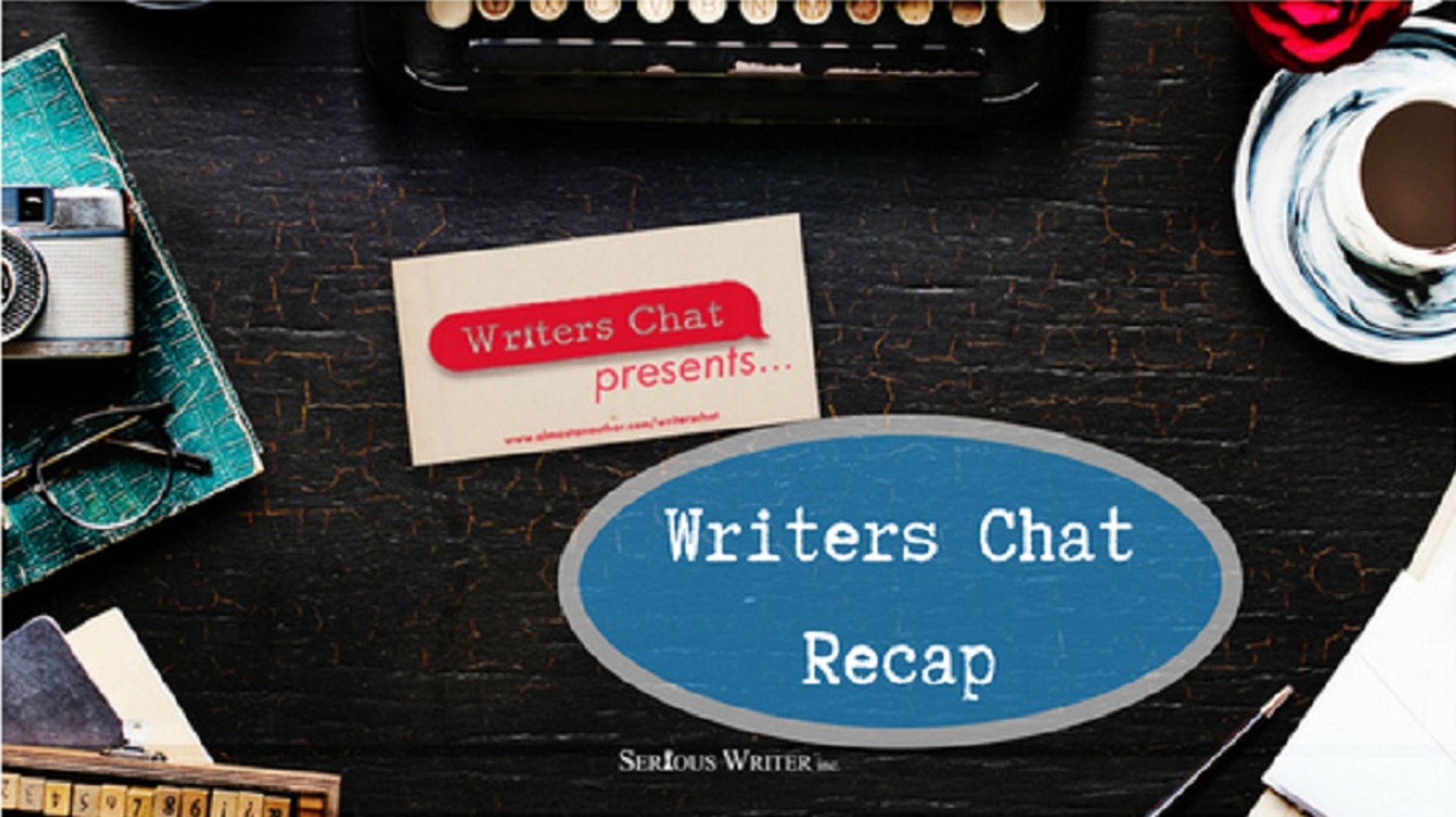
Writers Chat Recap for August, Part 2
Writers Chat, hosted by Jean Wise, Johnnie Alexander, and Bethany Jett, is the show where we talk about all…
August 30, 2019
Writers Chat, hosted by Jean Wise, Johnnie Alexander, and Bethany Jett, is the show where we talk about all…
August 30, 2019
One of the biggest problems most people with brain injuries experience is problems with attention / concentration. Sometimes it…
August 29, 2019
Today I am talking with Hope Bolinger. She’s an author of young adult novels as well as a literary…
August 27, 2019
This month’s guests Award-winning author Carrie Turansky, intrigued by a Facebook post, discovered the British Home Children Advocacy and…
August 26, 2019
“Prepare…put on your armor!” Jeremiah 46:3-4 (NIV) Do you remember playing dress-up as a child? Little girls wear grown-up…
August 25, 2019
Editors often say they’re looking for stories with “strong female characters.” Many writers take that to mean the heroine…
August 23, 2019
In the world of grammar and punctuation, there are three types of dash (hyphen, en dash, and em dash).…
August 22, 2019
Whenever I teach at conferences, I’m often asked the same question: “How do you write so many books a…
August 21, 2019
The youngster thought it her privilege to pick the name for her soon-to-be-born sibling. She gleefully and toothlessly spit…
August 20, 2019
The first book proposal I wanted to send out to publishers was on the book of Revelation. My agent…
August 19, 2019
What’s the secret to creating a book worthy of catching an agent’s eye? Worthy of turning an acquisition editor’s…
August 17, 2019
Once upon a time, during what feels like another lifetime ago, I took my masters’ of science in documentary…
August 16, 2019
Writers Chat, hosted by Jean Wise, Johnnie Alexander, and Bethany Jett, is the show where we talk about all…
August 15, 2019
When you’re creating content for a certain audience, you want them to respond to it. And not just respond,…
August 13, 2019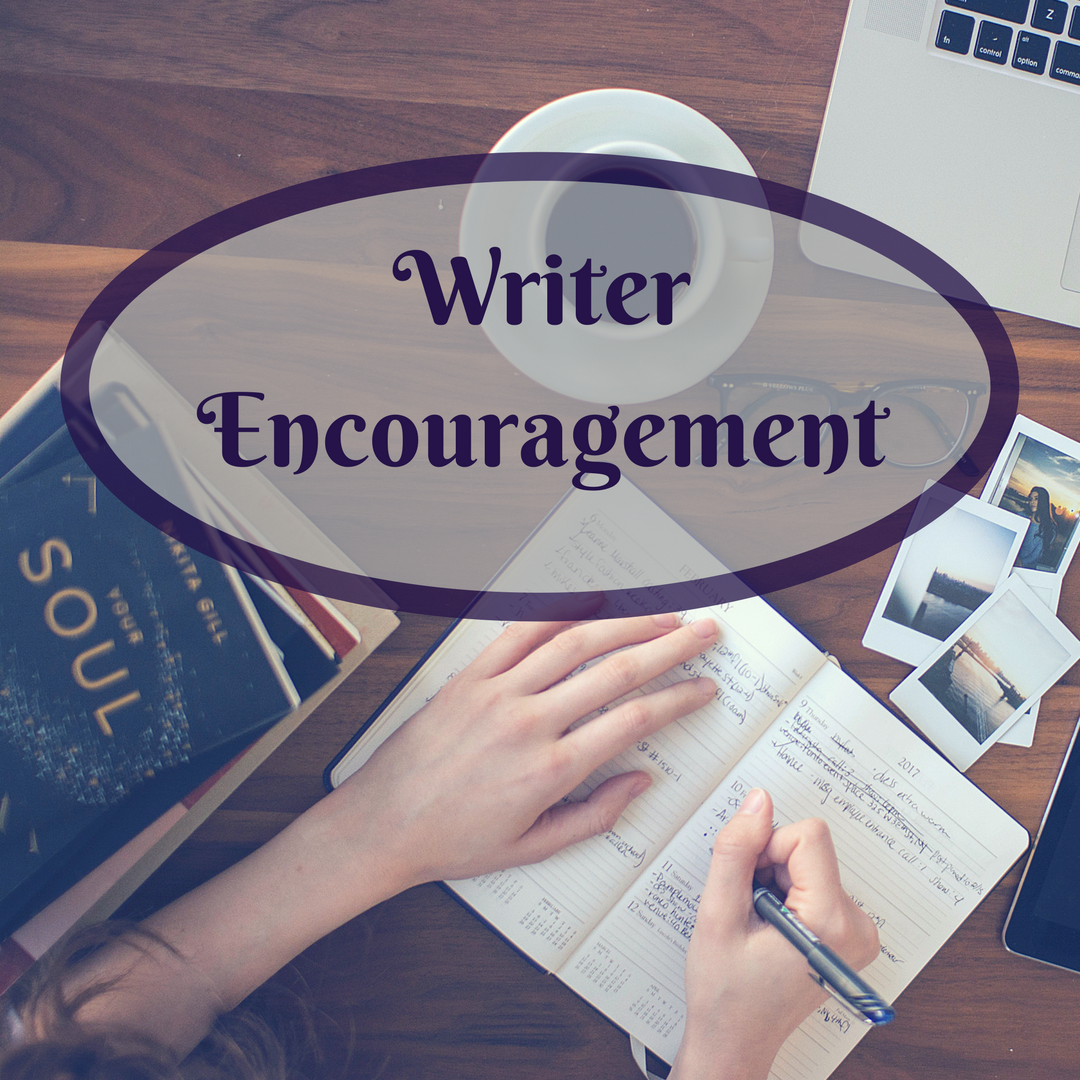
(Author Note: I posted this blog over two years ago, yet the message is perhaps even more relevant today)…
August 11, 2019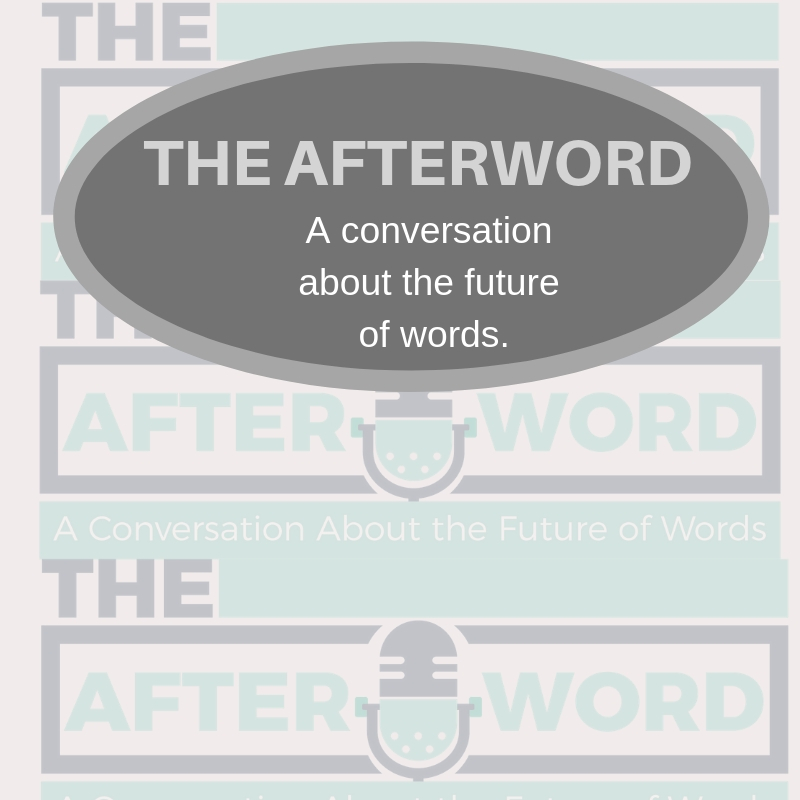
In a time of divisive discourse, empathy appears to be a missing element in the fabric of some of…
August 10, 2019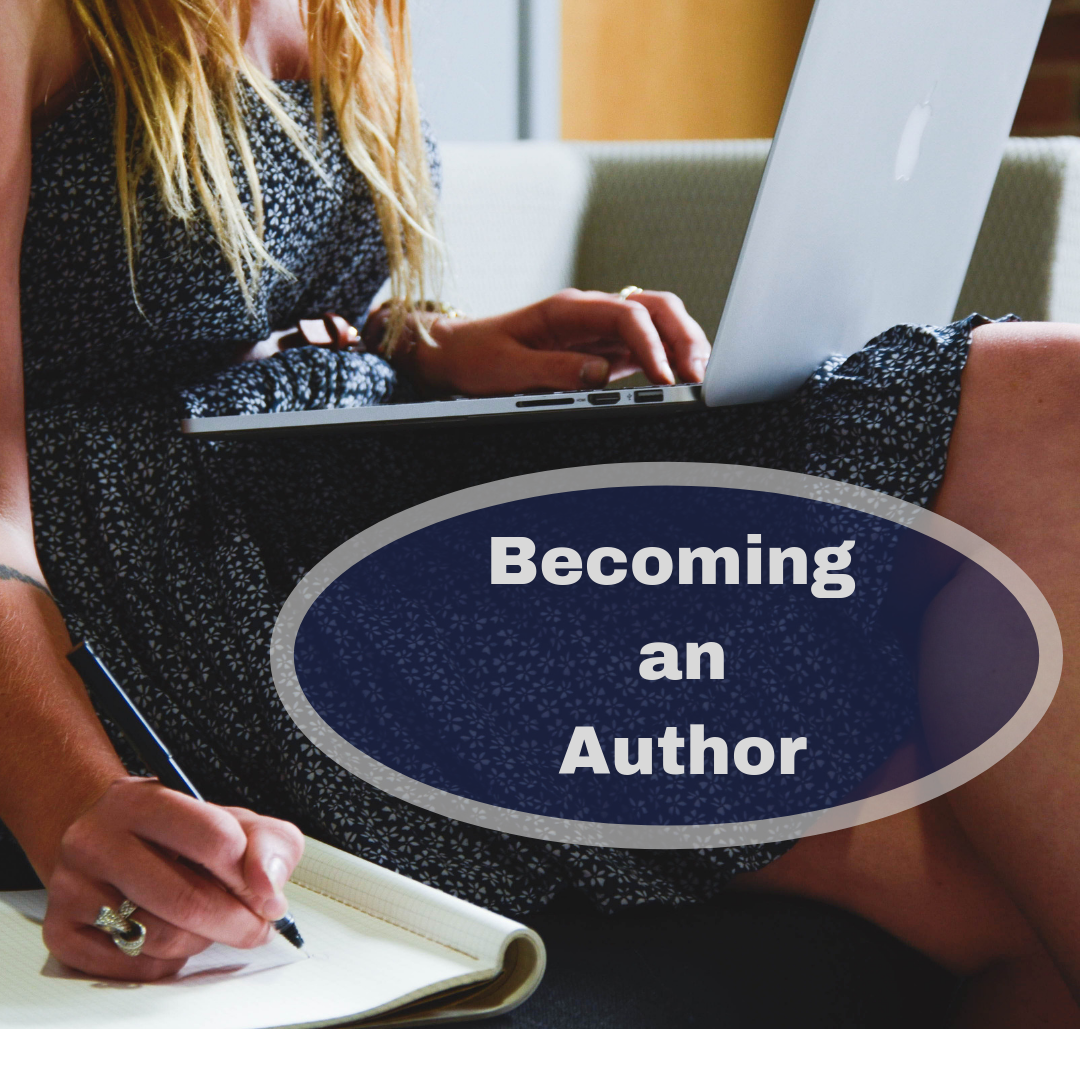
When I was a teen, I loved to read. I loved to write. And I loved to read about…
August 9, 2019
Writing is difficult. Some days we face disappointment, rejection, criticism, frustration, nasty reviews, or writer’s block. On the tough…
August 8, 2019
You know the phrase, all an actor needs is an empty room and a script? I’ve heard that idea…
August 7, 2019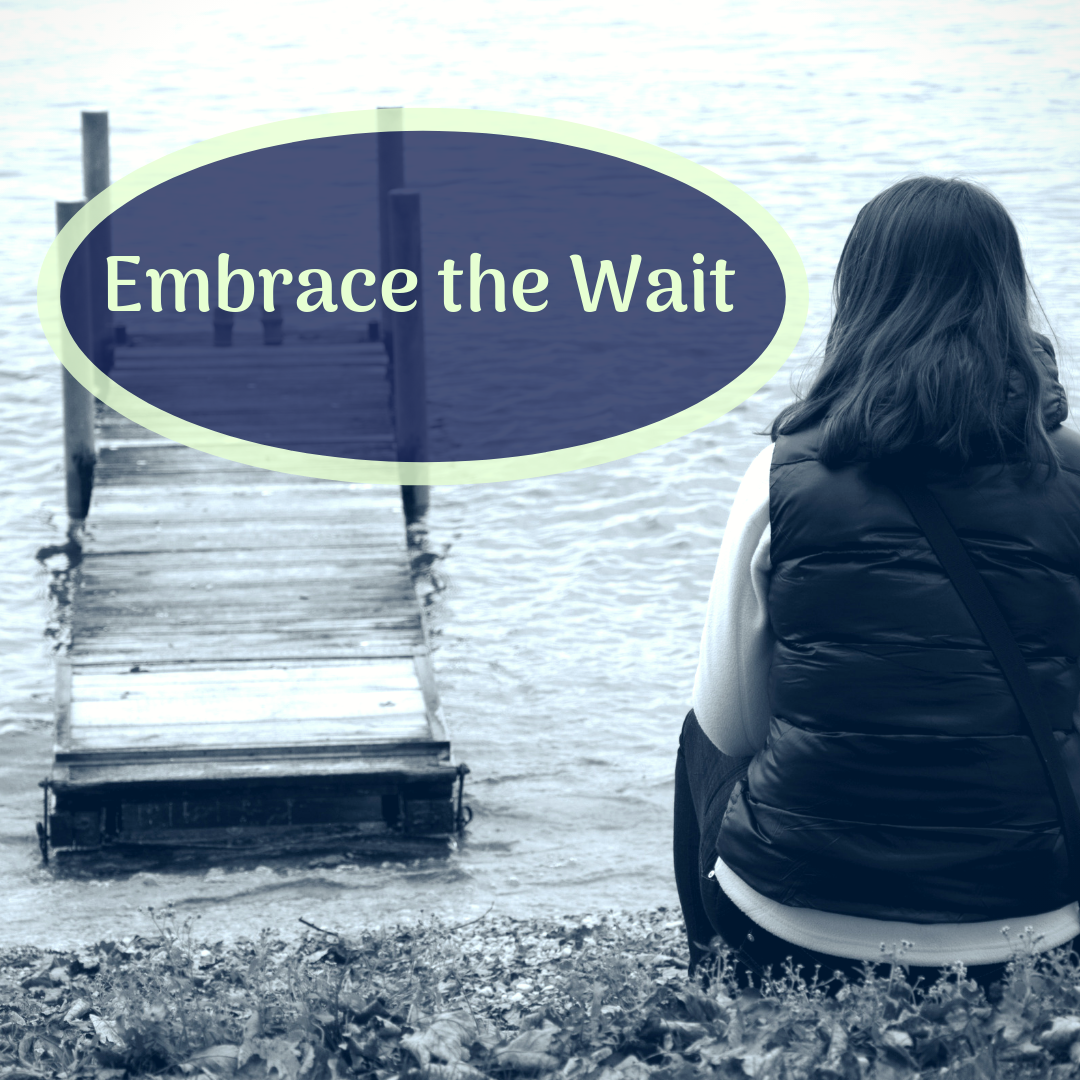
A few weeks ago, I walked into the family room and caught my husband asleep on the sofa. This…
August 5, 2019
Last month I finished another rewrite of a screenplay I’ve been working on this year. Although I cut a…
August 4, 2019
Writers already understand the importance of creativity: after all, writing is an art form, and art forms rely heavily…
August 2, 2019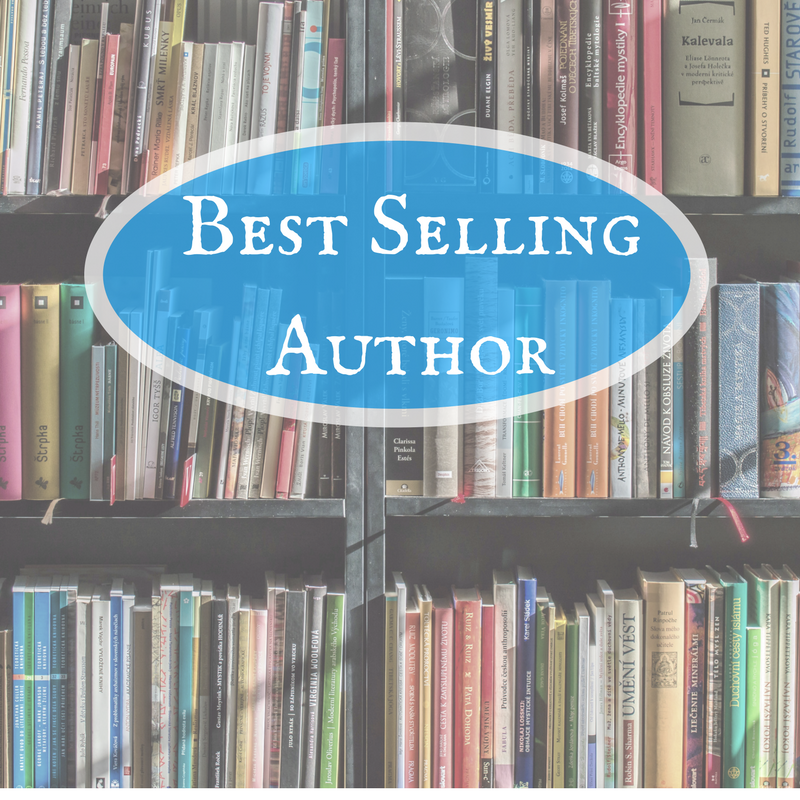
Can you share a little about your recent book? Two of my novellas have released this year. The first…
August 1, 2019
Writers Chat, hosted by Jean Wise, Johnnie Alexander, and Bethany Jett, is the show where we talk about all…
July 31, 2019
Recently I finished a rewrite of a screenplay I’ve been working on this year. I felt a sense of…
July 29, 2019